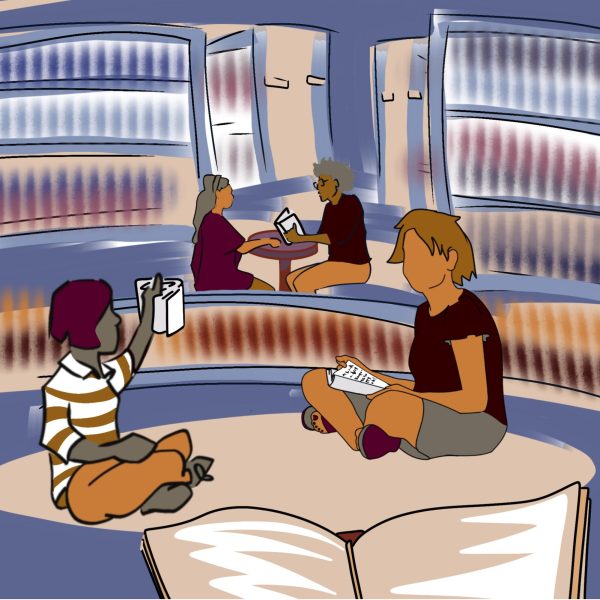Opinion: Vanishing Kent
June 6, 2018
As a rule, my eye is drawn toward anything dark, gritty and neon-ed. I love old album covers, grindhouse ‘80s stuff and the Hotline Miami soundtrack. So, naturally, upon finding myself in New York City, I started to look into the city’s seedy past.
In the midst of the ‘70s, crime was up. Streets were lined with sex shops, prostitutes and bright lights. There were subway cars covered in graffiti, glowing movie theater signs and gang patches on the backs of jean vests.
Through the lens of some NYC streets now, it seems downright alien. I’m not saying I would have liked— or survived, for that matter — on those mean streets, but even I can see that it’s not the same city.
The hipster coffee shops and eateries that line the corners are certainly safer and more constructive, but there’s a clear line dividing New York today and that dirty, pretty thing of yesteryear. There was even a book written about the subject — “Vanishing New York: How a Great City Lost Its Soul,” by Jeremiah Moss. It details exactly what I’ve noticed in my internet browsing — the appearance of Starbucks in historic spots, and the seemingly fast spreading gentrification of the city at large.
And it’s not just here. I can see it in Kent, too. Slowly, it’s taking the same course, albeit on a much smaller scale. Those I’ve interviewed who have lived in Kent for years or who went to college here long ago often say that the current city is a far cry from its past self, full of sticky bars and tumble-down buildings.
To some, it seems to be a good thing. Sure, it seems a lot more clean and probably more profitable. And, from the discussions I’ve had, that makes some residents and business owners truly happy.
Every day, it seems that there’s something new being built in Kent, another building added to the little skyline. But to others, the cleaning up has been like Penicillin. Sure, it took out the bad stuff — but it didn’t stop there. It killed the good things too: the inherent charm and personality that comes from the expression of a place through its environment, good and bad.
I wasn’t around to witness New York or Kent in the ‘70s. A lot of people will probably say that’s a good thing, and they may be right. I’m not a true New Yorker, and there are certainly benefits to straightening a place out. But though I love their green tea, I’ll say it — there’s never a lot of soul to be found in another Starbucks.
Cameron Gorman is a columnist. Contact her at [email protected].

























